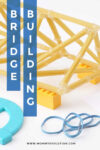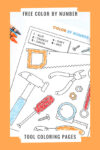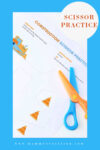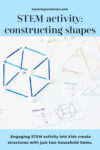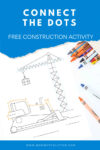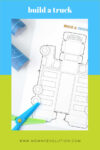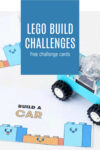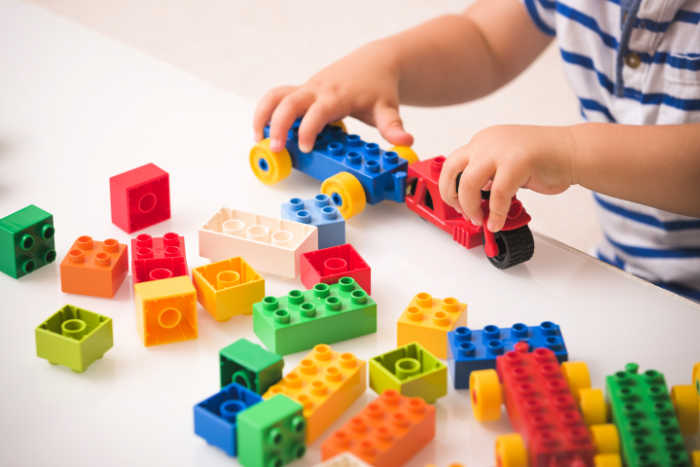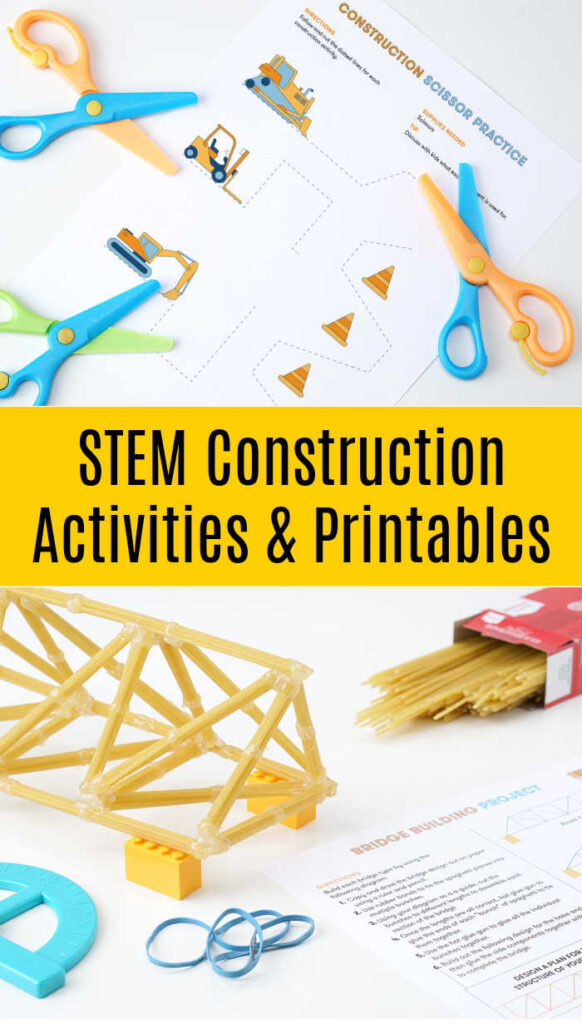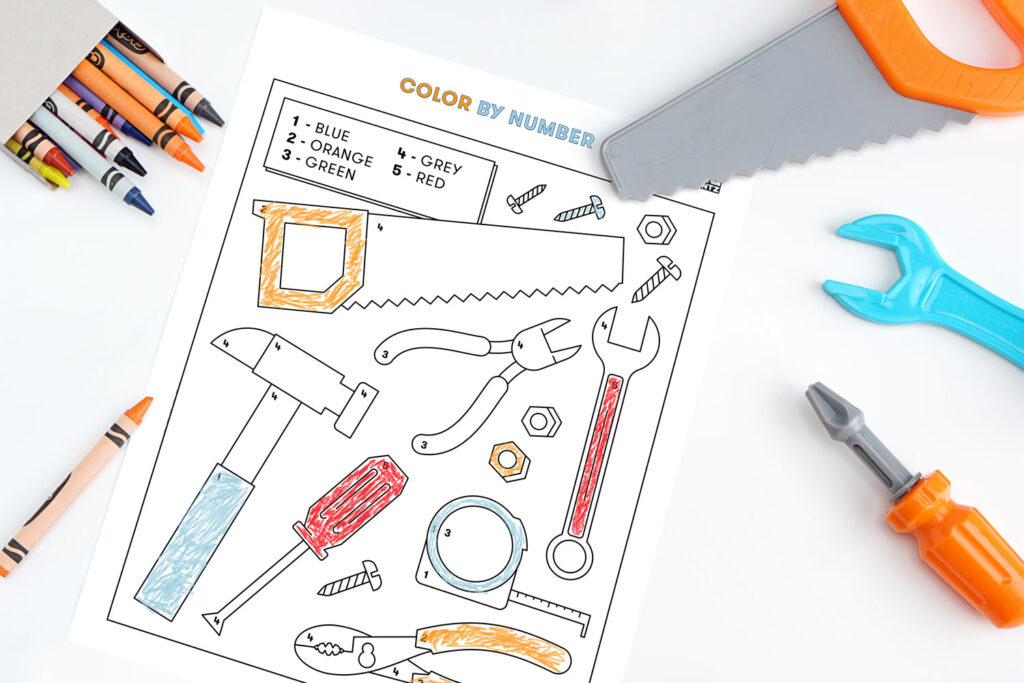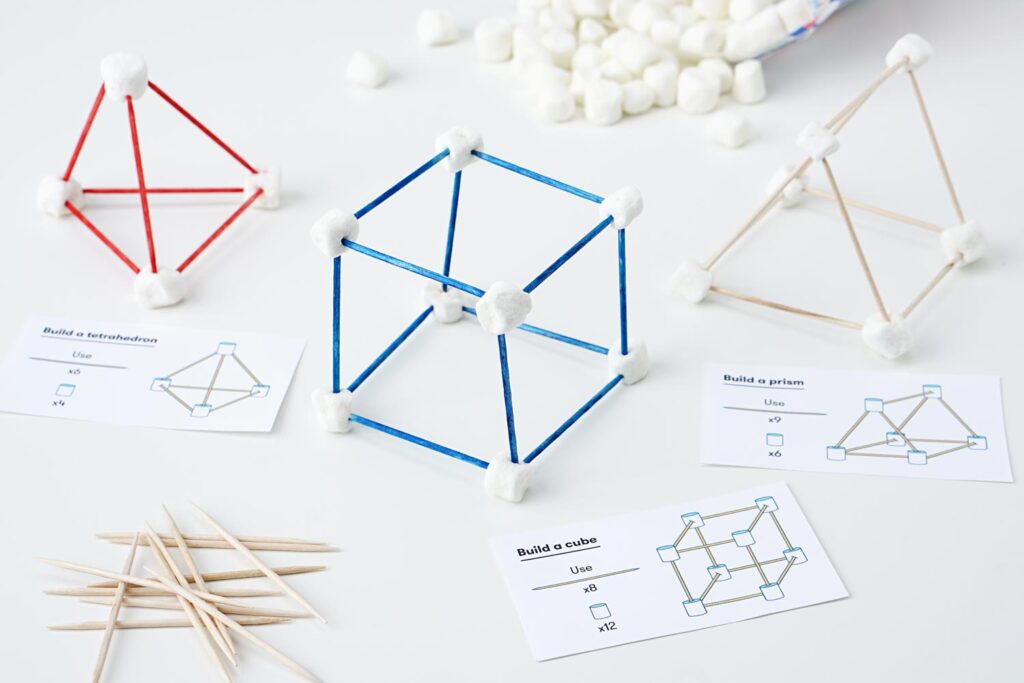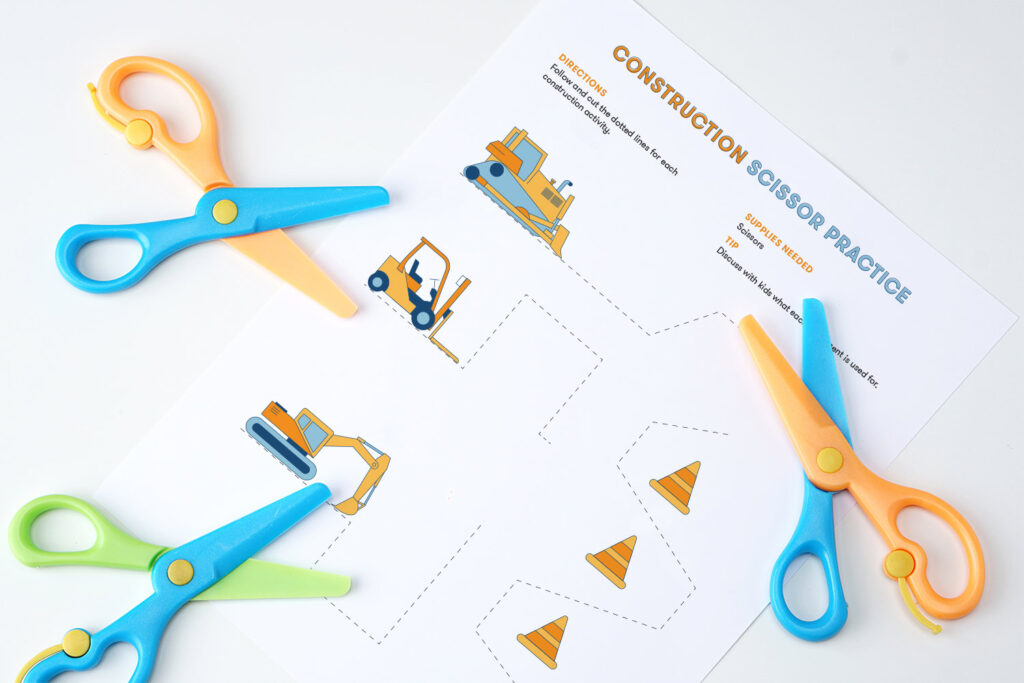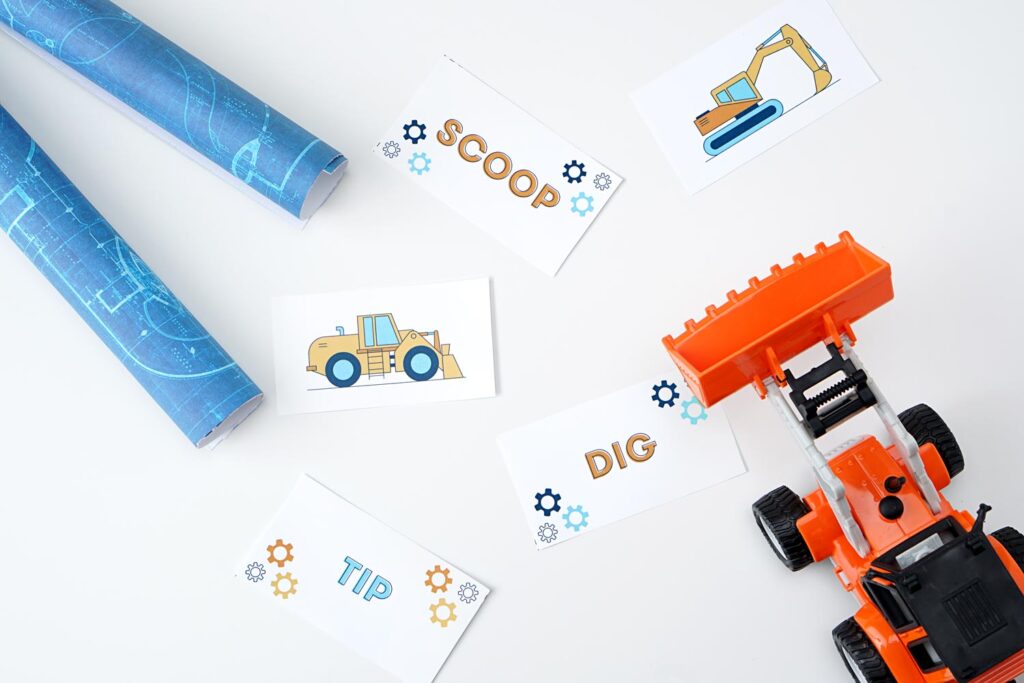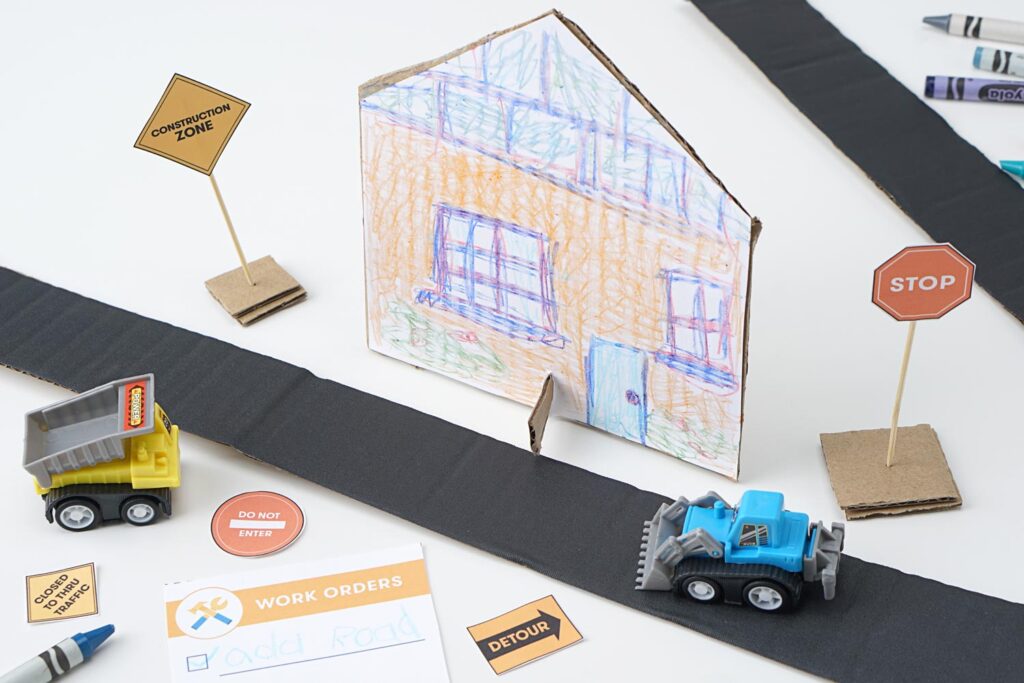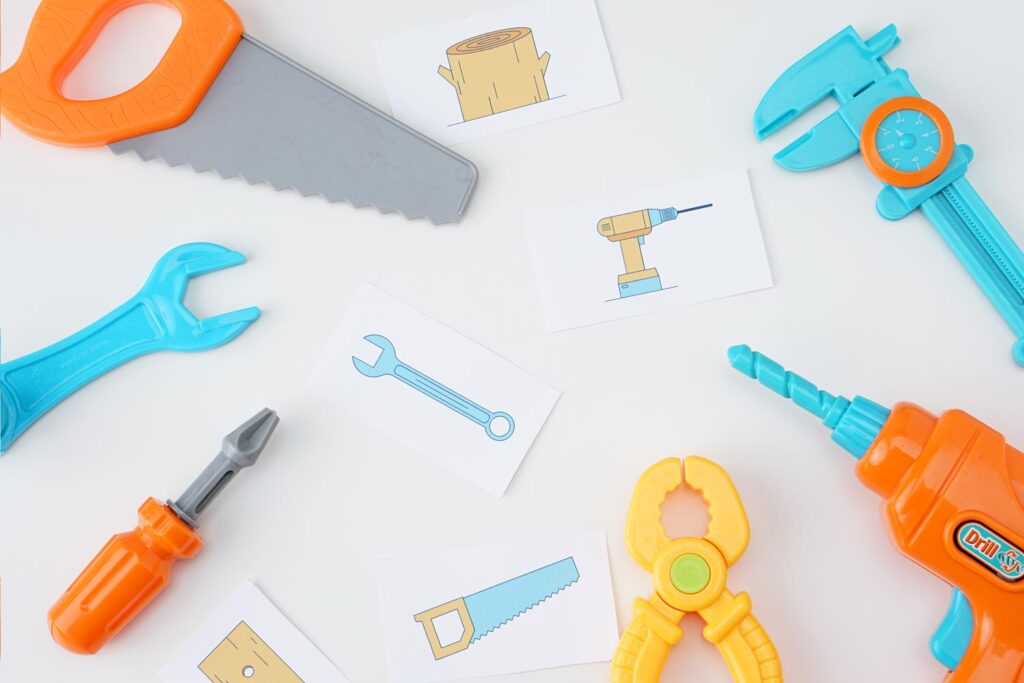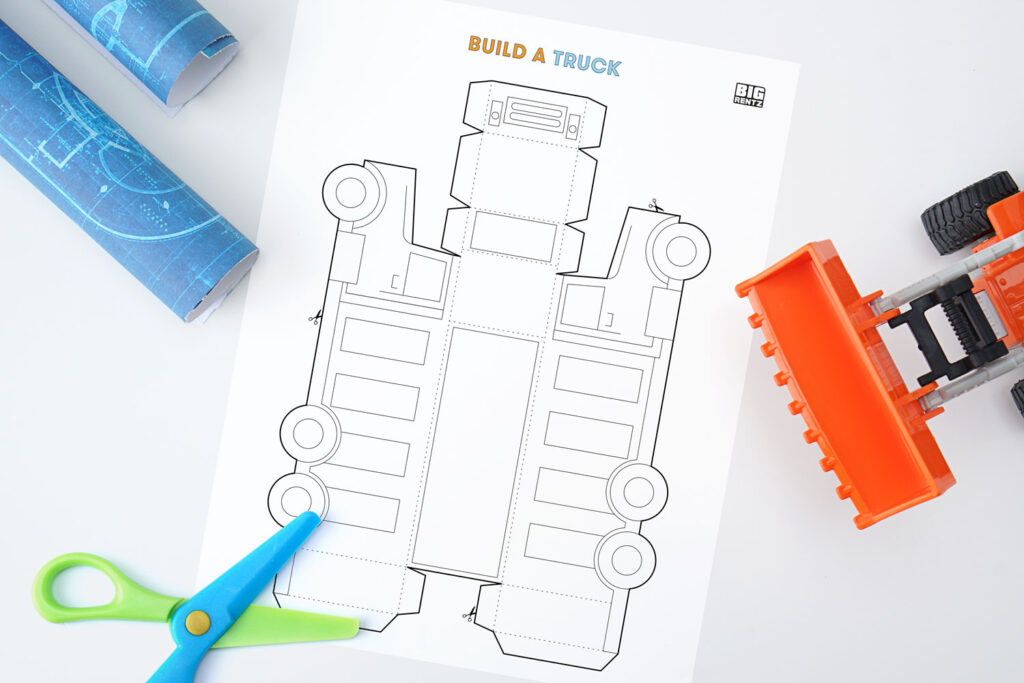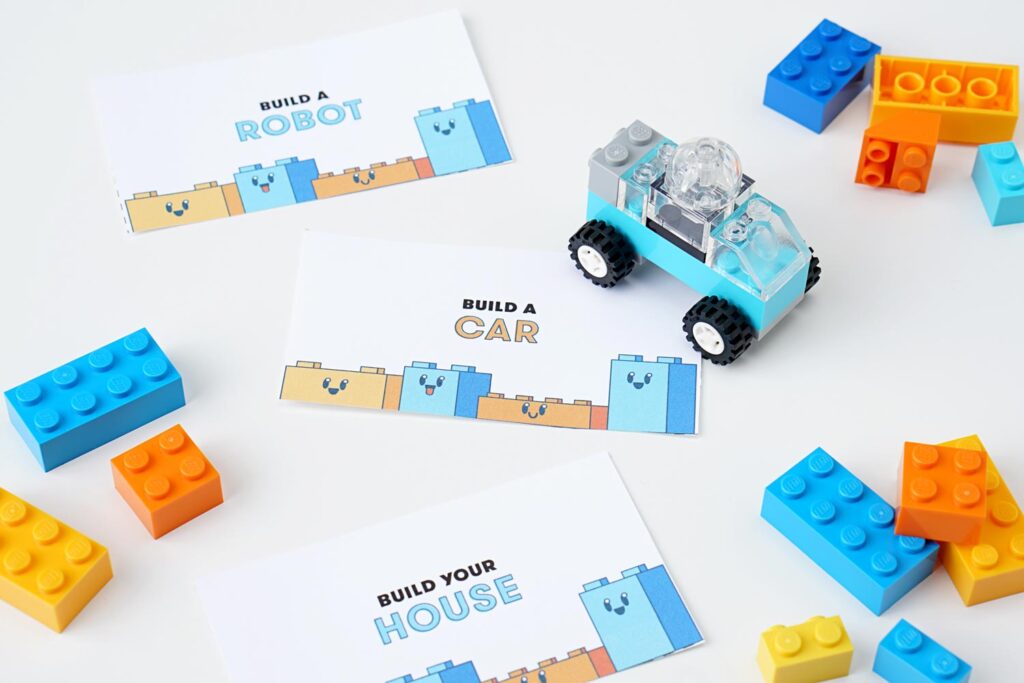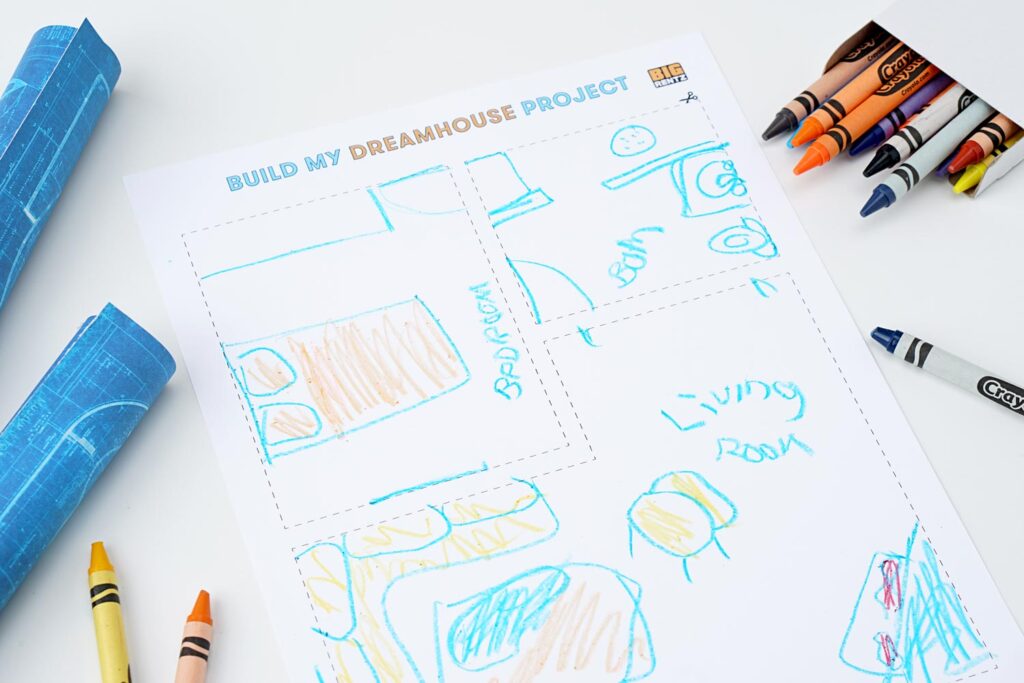13 Fun Construction Activities and Printables for Kids
Keep your child’s mind active with these 13 fun construction activities and printables for your kid.
From STEM challenges to fine motor practice, there’s something for kids 3-11.
Be sure to check out our other fun family-friendly kid activities and crafts!
This post contains affiliate links.
Kids are naturally curious builders, and it’s a testament to their imaginations that big machines and construction fascinates so many of them.
Unfortunately, research has found a 12 percent drop in teenage boys interested in STEM in the past year, and just 11 percent of teenage girls want to pursue a career in STEM.
However, the best way to have a child stretch those creative muscles and get involved with STEM is by actively participating in different, hands-on activities for kids to enjoy.
Why Is Construction Important for Kids?
Construction is important for kids because it can teach them to problem solve, connect, understand and be inquisitive in both their learning and their play.
They actively learn to engage their imagination and experiment with new concepts, while learning about the role of builders in our world and picking up new skills they can also use in other areas of study.
Furthermore, by incorporating building activities early on, you can help kids expand their imaginations and learn about all the possible things they can be when they grow up, including STEM jobs like construction workers, architects, and engineers.
This is crucial for creating a new generation who can develop the world around us.
13 Fun Construction Activities and Printables for Kids
Here are 13 activities that teach kids about construction, broken down by grade level. Each activity includes a free printable that builds on important STEM skills like construction play, engineering, and math.
Grade level activities include:
- Preschool (Ages 3-4)
- Grades K to 2 (Ages 5-8)
- Grades 3 to 5 (Ages 9-11)
And when you’re done constructing, keep the fun going with these construction movement cards.
Activities for Preschool
At this stage, children are very inquisitive and full of energy.
These activities teach preschoolers core skills as they learn how to interact with their world, developing an early interest in the world of construction.
1. Coloring Pages
Coloring is a classic and fun activity that everyone of all ages can enjoy.
It can help children develop their fine motor skills, stimulate their creativity and improve their handwriting.
Gather the different colors that are mentioned in the color box.
Then, identify the corresponding numbers with the colors.
For example, 3 is green in the direction box. Take the green crayon and identify the different areas that have the number 3.
Color those sections green.
2. Constructing Shapes
This engaging STEM activity lets kids create their own structures with just two household items.
Working with toothpicks and marshmallows, kids will learn to manipulate elements to assemble larger structures – a key skill in construction play.
For sample structures and “blueprints” that students can use, take a look at the printable below.

3. Construction Scissor Practice
For kids who love big machines, this activity is sure to build excitement.
Little ones will get revved up as they cut through the lines of construction trucks and equipment.
Cutting paper helps increase hand-eye coordination, bilateral coordination, and fine motor skills, which will help prepare them not just STEM jobs in the future, but also for their entire lives.
All you need is a set of scissors for this activity.

4. Build with Nuts and Bolts
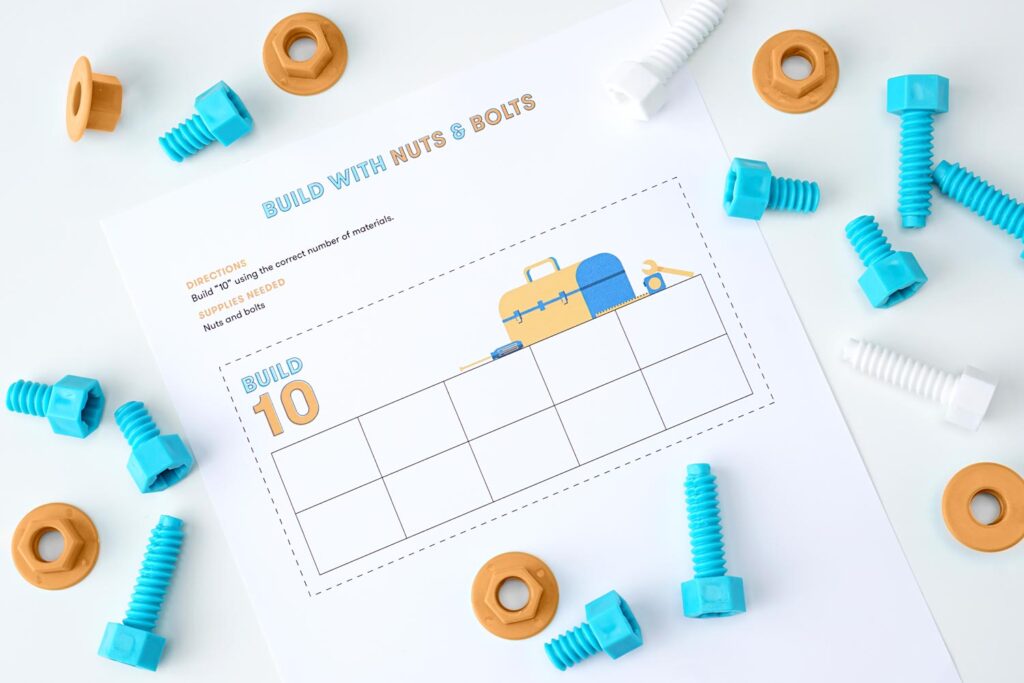
Math is an important STEM skill.
This fun activity will help kids develop informal addition and subtraction skills while learning how elements and materials make up a whole.
Using nuts and bolts, kids will follow the cards and count the number of nuts and bolts needed to make ten.

5. Big Machine Matching Game
This activity will have kids matching movements with common construction equipment.
It’s great for growing their interest in construction machines like a bulldozer or excavator.
For some additional exercise, have kids perform the actions listed on the cards.

Construction Activities for Grades K to 2
Kids respond well to activities that encourage them to explore their world.
What better way to engage them during this stage than through projects that connect them to construction work?
These activities will have kids working with tools and creating their own structures.
6. Connect the Dots
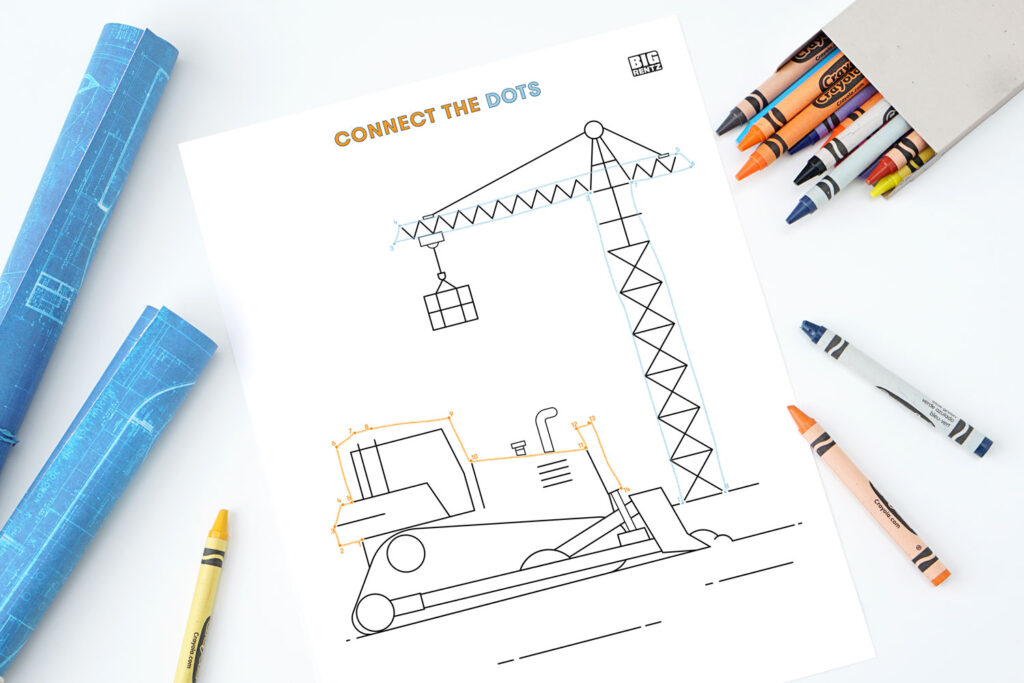
Connect the dots is a classic game that sharpens a child’s mind and improves their hand-eye coordination.
It can lead to problem-solving skills along with picture and number comprehension skills.
Connect the dots is easy to do; just have your child draw a line that connects each dot to the next in numerical order.
This will form a new image, and once the image is complete, they can color it in.
7. Neighborhood Under Construction
Creating a neighborhood community is a great way for kids to make connections with real-world construction projects.
This activity is great for group settings, allowing kids to practice teamwork while acting out construction roles with their friends.
Prepare for the activity by sharing a real blueprint and discussing with your students the different aspects of a house.
Kids then cut out houses from the printables and use scissors, cardboard, glue and crayons to put their neighborhood together.

8. Hammer the Syllables

Literacy is an important skill for any STEM career.
This activity encourages by having kids sound out words through construction-themed actions.
For the printable, you’ll need a kid-safe hammer and some building blocks.
Kids will determine the number of syllables in each word and then hammer down the number and build it using blocks.

9. Tool Match Game
Having knowledge of basic home tools will prove valuable to kids.
In addition to building their interest in fixing things around the house, working tools will teach them how to problem-solve and manipulate their surroundings.
Download this tool pairing activity to help kids learn about what each tool is used for, and then accompany the game with a demonstration.

Construction Activities for Grades 3 to 5
In this age group, kids are beginning to understand more complex concepts.
Incorporating building projects during this stage is a great way to engage critical thinking skills and develop other abilities in key areas of study.
10. Build a Truck
To build a paper truck, cut along the outline of the shape and fold along the line to get the shape.
Feel free to color the truck as well.
Foldable activities are a great way to practice and develop fine motor skills and practice mathematical concepts, such as geometry.
By seeing where to fold, a student can learn about the changes in dimension and learn different shapes.
11. LEGO Building Challenge
Kids love LEGOs.
What better way to put your kids’ imagination to the test than with these LEGO building cards?
This activity adds a building twist on things kids are already familiar with, prompting them to “build” things like their favorite zoo animal and a hammer.
Not only will this game engage your students’ creative thinking skills, but it will also serve as a new inspiration for construction.

12. Build My Dream House Project
Develop an interest in architecture with this fun blueprint project.
Using templates that they can cut out, students will be able to assemble and construct their own homes and select their furniture, colors and other home elements.
It’s the perfect activity to foster a child’s eye for design and develop their interest in creating their own built environment.

13. Bridge Building Project
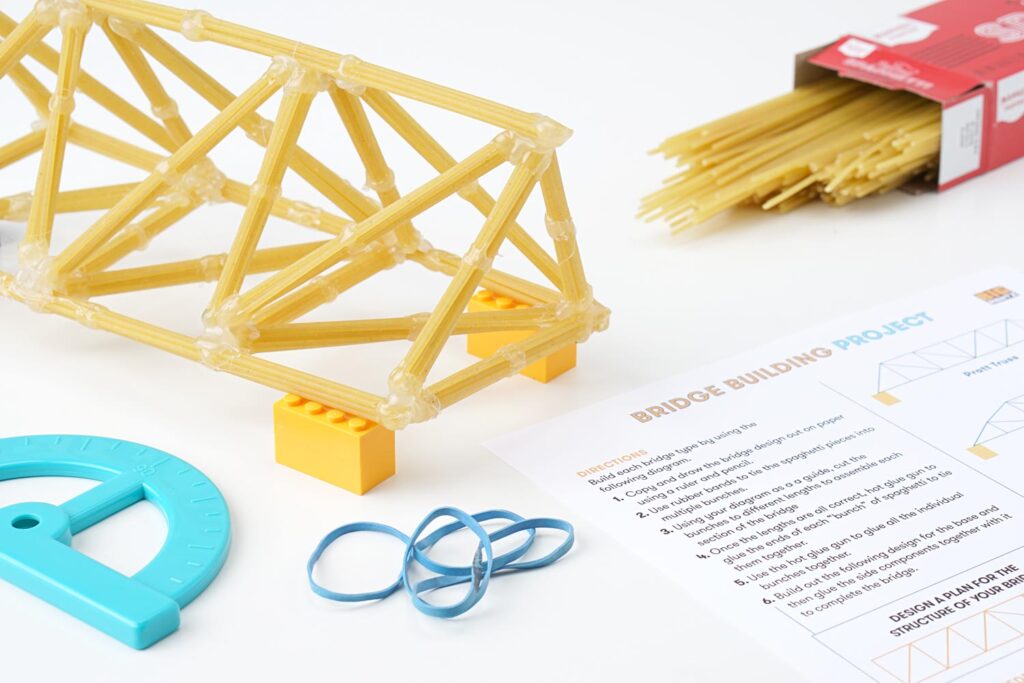
This bridge-building project is sure to bring out your child’s inner civil engineer.
Using spaghetti as their main building material, kids will recreate bridge designs, learning about important architectural elements like trusses.
They will also learn about concepts like weight, force and gravity as they test the strength of each bridge design.

Love all of these projects?
Why not download them all?

This post originally appeared on Big Rentz and is republished here with explicit consent.

